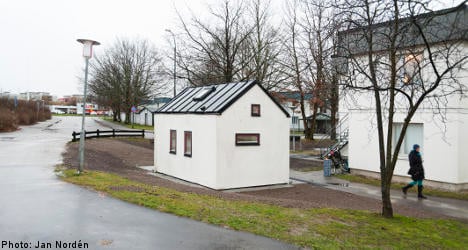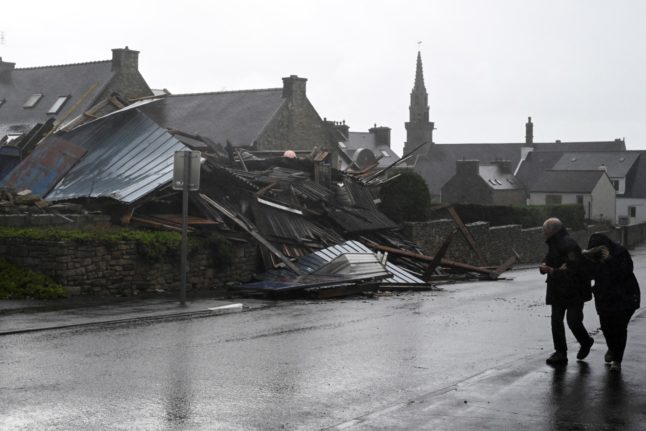The detached apartment, or cottage, has been constructed by Lund’s building foundation, AF Bostäder (AFB), with student affordability as a priority.
“Students often just use their apartments to sleep in,” AFB’s CEO Rolf Svensson told The Local.
“They study in study dorms, have a social life outside of their homes, often can’t afford typical student housing… this is the perfect solution.”
The price of the bijoux dwellings are their main selling point, with the prospected cottages being rented for 2500 kronor ($370) a month, compared to the average newly built student apartment in Lund which is rented for 4167, yet three times the size.
“We have a catch-22 situation. There is a shortage of student housing and the housing board’s regulations result in high building costs, and therefore expensive apartments,” said Svensson in a statement.
Click here for a photo gallery of the apartment
“We want to get out of this by trying compact housing on a scientifically sound basis.”
The cottage features a kitchenette complete with dining area, a bathroom with toilet and shower and a sleeping loft. Student needs are not forgotten either – there’s a study desk below the sleeping area. There’s even an outside plot attached for those with green fingers.
Students interested in living in this experimental housing venture must be willing to earn their keep, however.
“The tenant must have social talents, and be ready to blog regularly about their lives in the flats,” AFB said in a statement.
“We received a 3 year permission from the municipality for this dwelling,” Svensson told The Local. “But we hope to prove that it’s not only liveable but also a great new idea.”
AFB requested permission to build 60 to 100 similar-sized apartments between 10 and 12 square metres. The request was rejected by the housing commission, due to ‘not following Sweden’s very strict building rules’ (according to Svensson), and not having adequate disabled access. An appeal has been made.
For students interested in competing for the cottage, the first home showings will be on Friday. The student who can best justify why they deserve the apartment will win the chance to live there.



 Please whitelist us to continue reading.
Please whitelist us to continue reading.
Member comments